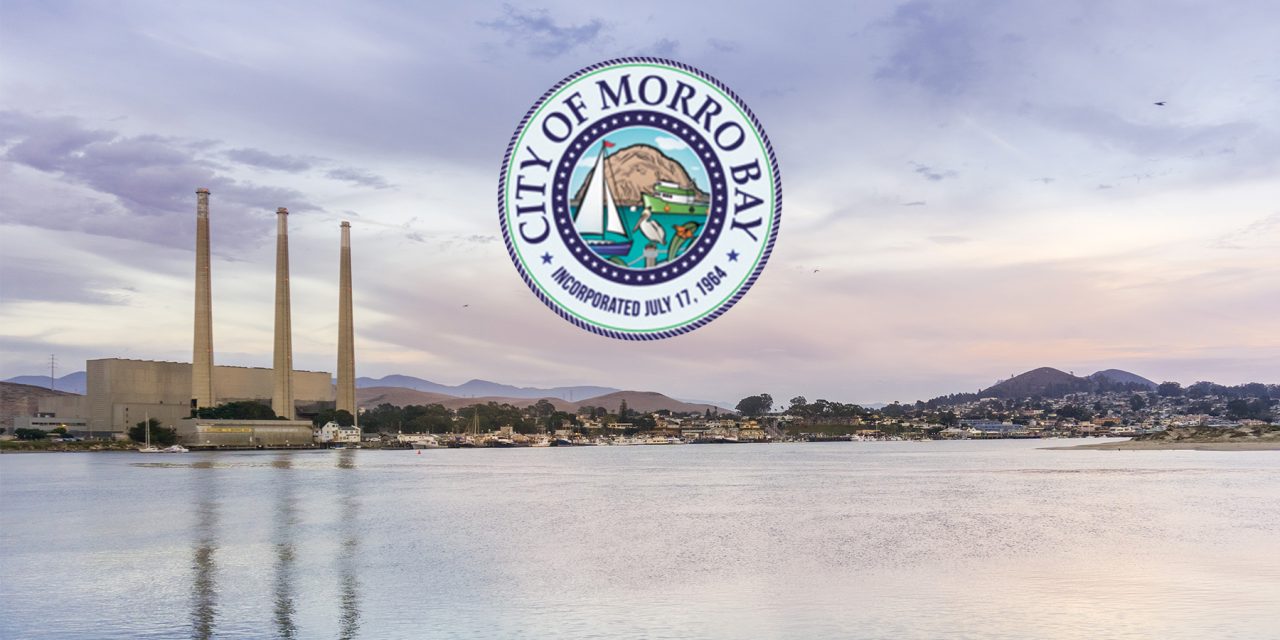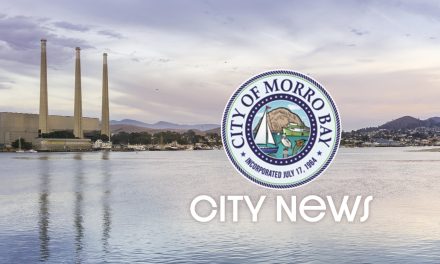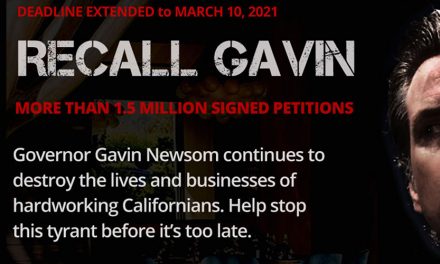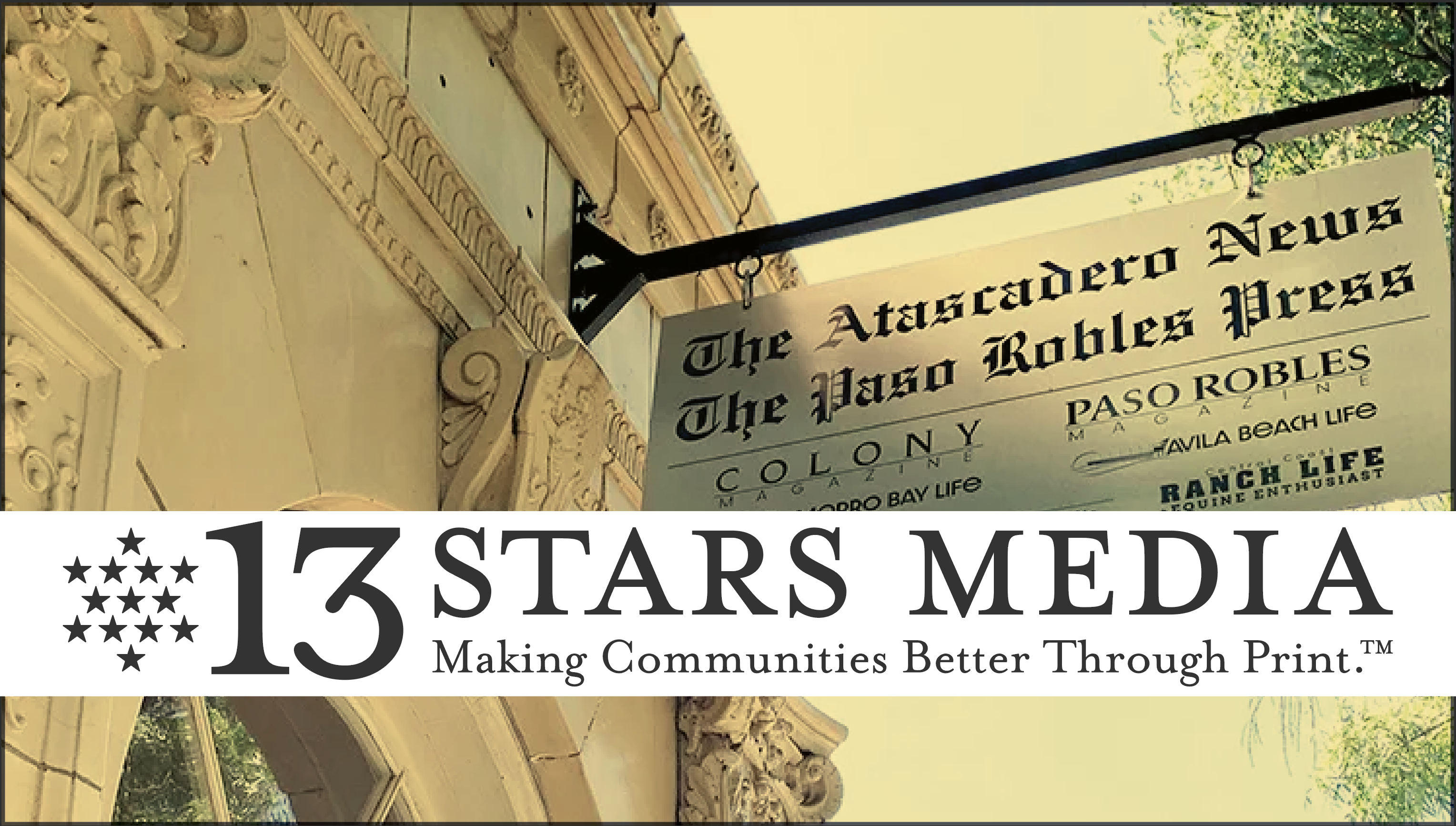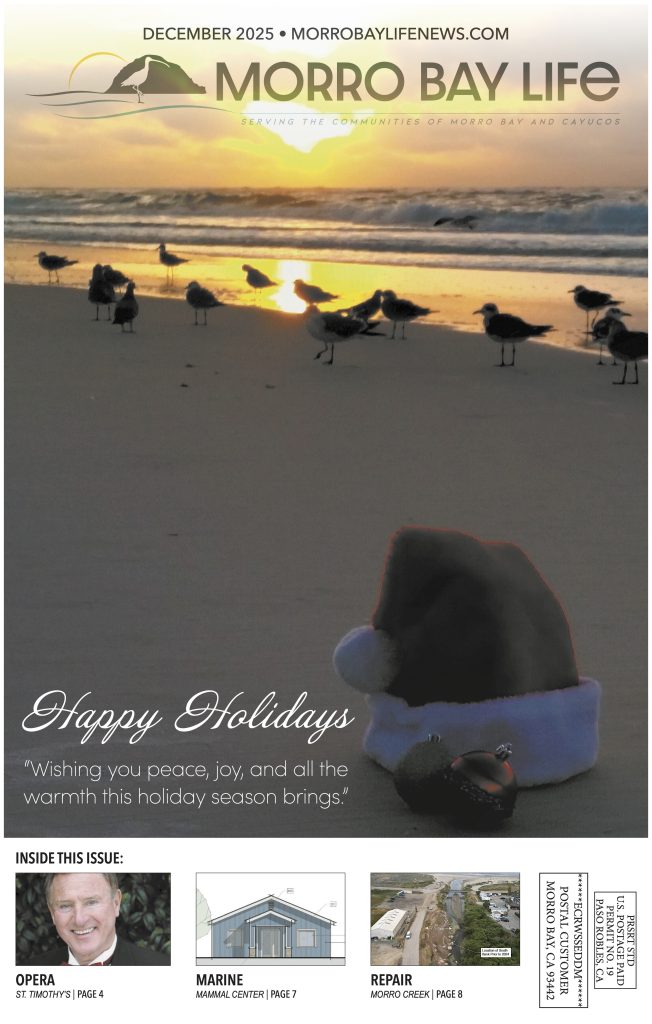After 45 years, city exits public transit operations; RTA promises seamless service and modern updates
Local bus service in Morro Bay is under new management, and if things have gone smoothly, you might not have even noticed.
The City Council last September voted 4-1 to give up on running its own public transit system, which it has done for over 45 years, and contract the service out to the Regional Transit Authority (RTA).
RTA is the countywide agency that runs the big commuter buses that link cities and towns together from Santa Maria to San Miguel, and up to San Simeon on the North Coast. In Morro Bay, these RTA buses load and unload passengers on Harbor Street at City Park, which is the transit hub for Morro Bay.
The switch over to RTA completes a move the city started long ago to dial back its involvement in public transportation.
In 2000, the city contracted with MV Transportation out of Dallas, Texas, to come in and operate the system, which has one Runabout-sized bus servicing the north and center of town, and two Molly Trolleys that service the Embarcadero and Downtown, running from Morro Bay State Park to Yerba Buena Street.
RTA Director Geoff Straw said, “For the passengers there won’t be any major changes.”
The RTA is, however, working on a few things, including updating the city’s Transportation Plan, which was last updated before the 2020 COVID pandemic changed a lot of things. Having an updated Transportation Plan helps in several ways, including identifying needed improvements, guiding implementation, and having an approved plan in place helps obtain grant monies for things like new buses.
The process of drafting an updated plan will out of necessity include some level of public participation, so regular bus riders should be on the lookout for notices, likely posted at the City Park hub.
Straw said they hope to have a draft transit plan ready to go to the City Council in September. It will also have to be approved by the RTA Board, which is made up of one representative from each SLO County city, plus the five County Supervisors and someone representing special districts.
Meanwhile, RTA has several features the old Morro Bay City system didn’t, including a phone app that tracks the location of buses, so riders will know where their bus is, as they sit impatiently for a ride.
The switch itself is almost demanded. Morro Bay’s bus system has long suffered from a lack of ridership, which translates to a short fare box take, both requirements to continue receiving government funding.
Rules for public transportation funding require a 10-percent return of costs through fares (and advertising too), and Morro Bay’s rate of recovery for the current fiscal year (2024-25), is just 4.6%, according to the big report at City Council last September.
Coming up short has consequences. “If the ratio continues to be under 10% for the next two fiscal years,” the report said, “the city will be subject to penalties between $25,000 to $50,000 or more and increasing annually in FY26-27 unless other measures are taken.”
Merging with RTA wasn’t the first choice, but the city’s analysis indicated the other two — cutting hours of service and hiking up fares — were unacceptable.
The city budget for public transportation isn’t all that much compared to costs for other city services.
According to the September 2024 report, “The contract for Transit service [with MV Transportation] was $45.37/vehicle service hour and $6,484/month; and for Trolley service was $45.37/vehicle service hour and $2,537/month; and for 2024 its estimated to be $265,000 annually. Additional operating costs, such as fuel and other maintenance related costs, amount to approximately $46,000 annually.”
Income isn’t much either. The report lists the city’s annual transit revenues as: $368,000 out of the Local Transportation Funding (LTF); $60,900 from State Transportation Act (STA) funding; and $17,000 from the fare boxes for a total of $446,000.
The city gets no advertising income because it ended its ads program because of COVID, when the city was actually, actively discouraging tourists from visiting here. Businesses used to be able to pay a fee and have a sign made to attach to the side panels on the Trolleys.
The RTA contract, which is for 10 years, will automatically mean some extra money coming in.
The projected budget, assuming the same level of ridership, for LTF funding remains the same; STA goes up to $75,000; and advertising comes in at $12,000, plus $17,000 from the fare boxes.
So consolidating with RTA would make more money available from the STA and restart the advertising program for local businesses. The big RTA commuter buses also have advertising.
On the expenditures side, the report lists $265,000 for MVT’s operations; $90,000 for MVT’s administration; $46,000 for city operations (maintenance); and $27,000 for city administration, a charge justified under the city’s cost allocation program.
The city started its public transportation service, Dial-a-Ride, in 1977. It contracted with MV Transportation in 2000. In October 2010, due to funding cuts, the DAR system morphed into a “fixed route system” (regular stops with the ability to deviate off route for Dial-A-Ride-type pick-ups and drop-offs).
RTA plans to continue with this particular service model.
“We want as seamless a change over as possible,” Straw said. The deviated-fixed route system sounds like what ride services like Uber provide, but Straw said there are major differences.
“It is a good way to provide service,” he said, “but Uber doesn’t have handicap-accessible vehicles.”
RTA also makes use of several pieces of equipment some of the city’s bus stops could use, particularly seating and lighting. Straw said they will be looking at those things during the Transit Plan update.
They use what’s called “Simme Seats” — single seats attached to a bus stop signpost — in other locations, Straw said. So-called On Demand Lights are solar powered and can be provided too; that way, a person waiting for the last bus of the day in fall and winter, could be seen by bus drivers.
Also, RTA’s contract has it taking over both operations and maintenance of Morro Bay’s buses and Trolleys. And the larger agency’s buying power could help save the city a little money when it comes time to pony up for new vehicles.

